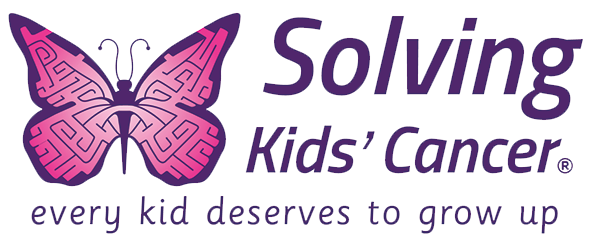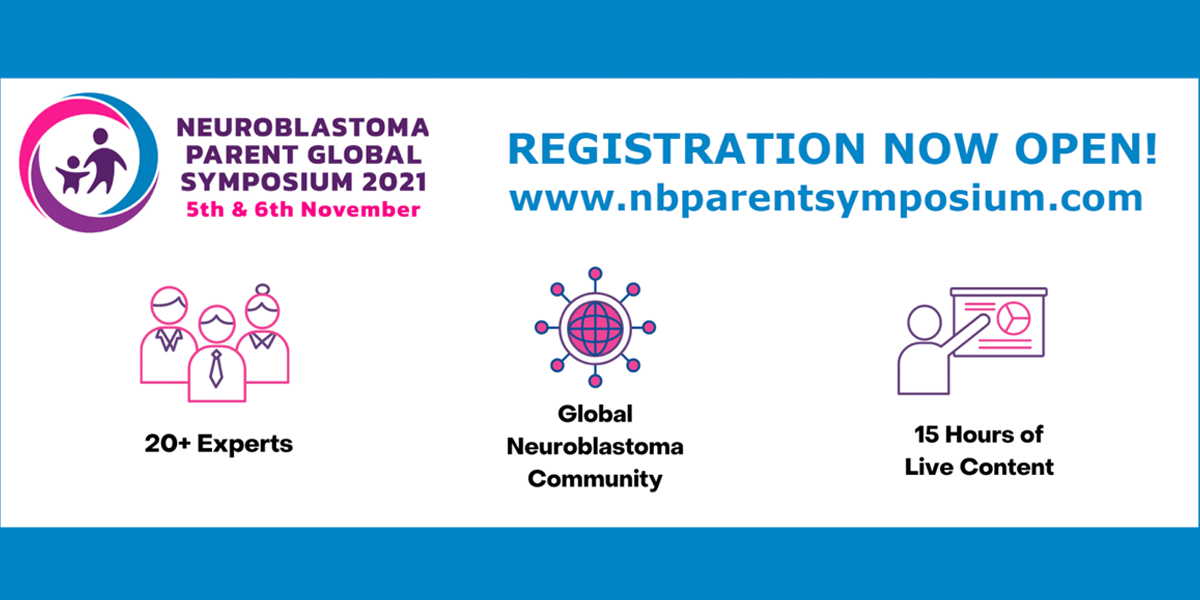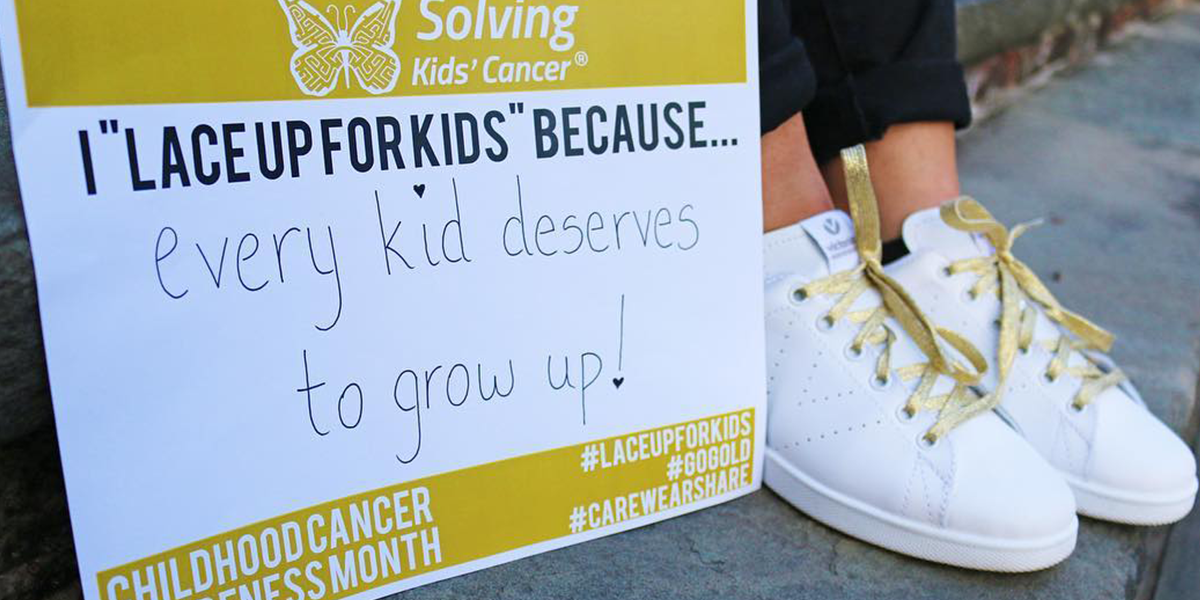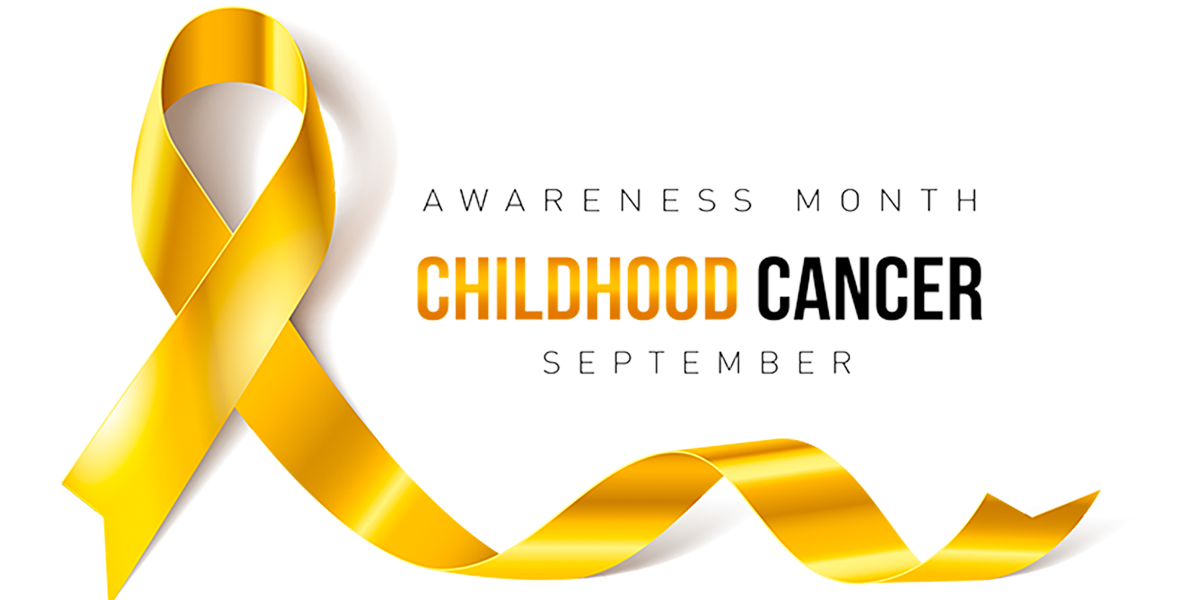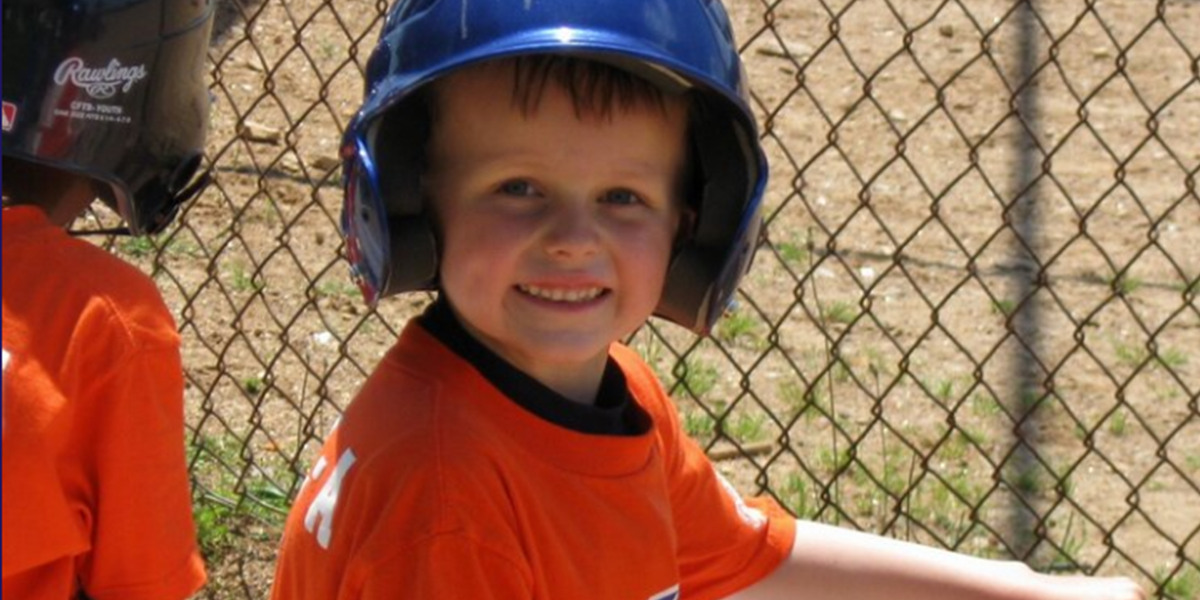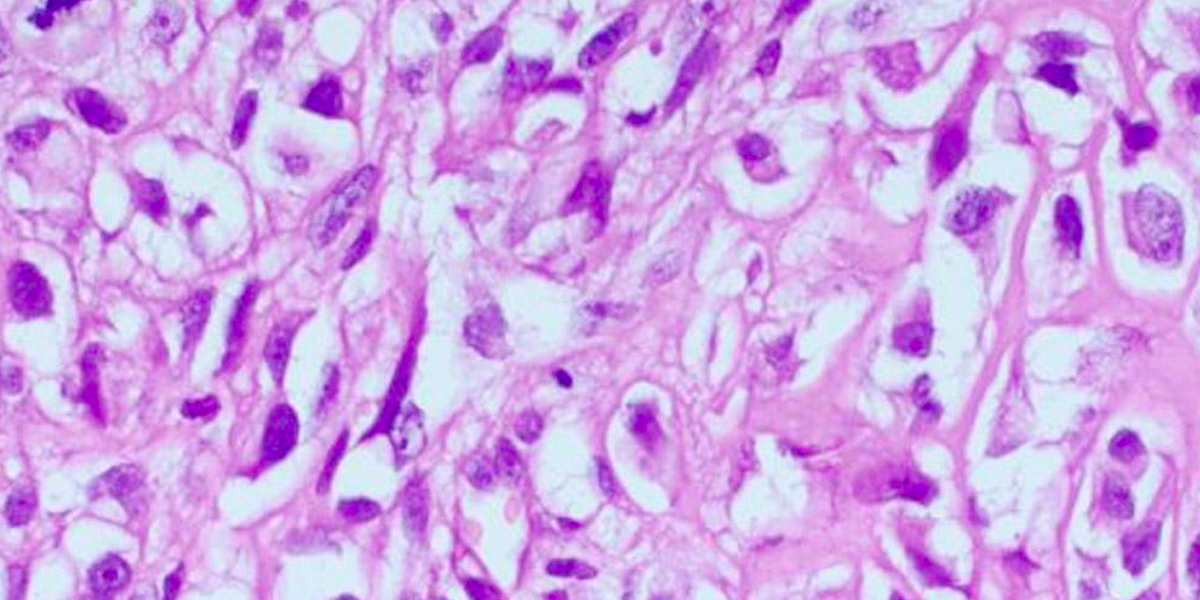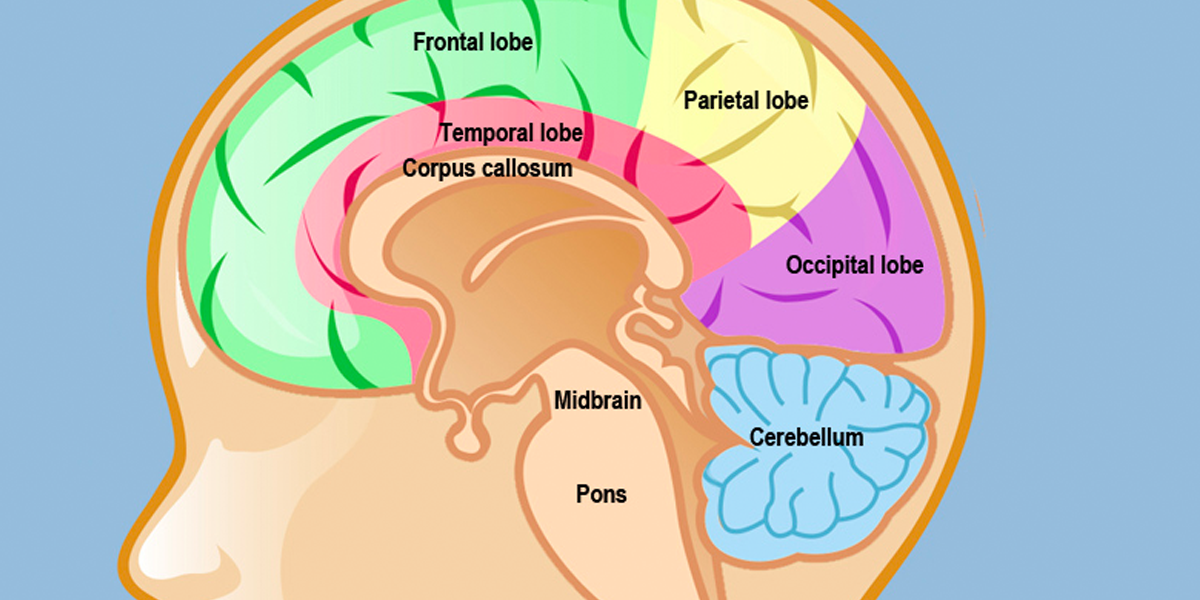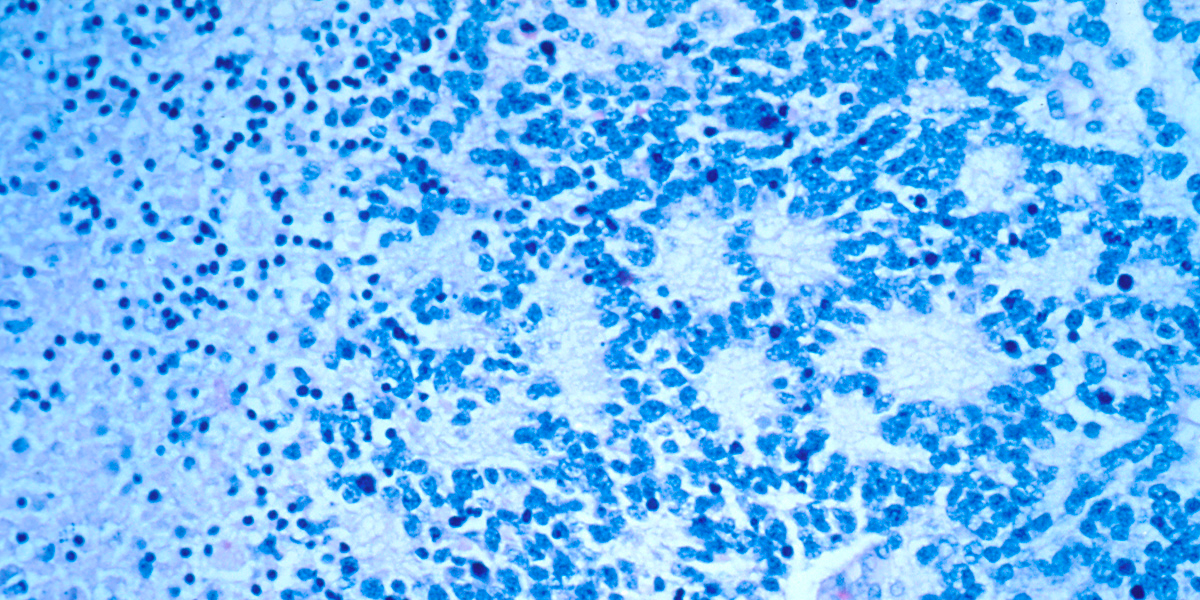Posts by Pia
What Being a Caregiver for a Kid with a Rare Childhood Cancer Looks Like
It’s hard to imagine what it’s like to be a caregiver for a kid with a rare childhood cancer unless you’ve actually been one. Cindy Campbell, mom of three boys, didn’t know anything about the role until she suddenly had to take it on when her oldest son, Ty, was diagnosed with ATRT, a rare…
Read MoreWhat to Expect from Neuroblastoma Global Parent Symposium 2021
Last year, over 700 parents, medical professionals, charity leaders, and industry representatives from 46 countries joined the first-ever Neuroblastoma Global Parent Symposium, tuning in to hear the latest on neuroblastoma research, care, and survivorship from the world’s leading experts. On November 5 and 6, the top neuroblastoma conference for parents will be back with…
Read MoreIt’s Time to Lace Up For Kids!
September is Childhood Cancer Awareness Month. It’s time to swap your white laces for some glittery gold shoelaces as you raise awareness and fundraise for childhood cancer research through Solving Kids’ Cancer’s Lace Up For Kids program! More than 82,000 pairs of gold shoelaces have found their way to all 50 U.S. states and around…
Read More4 Ways to Help During Childhood Cancer Awareness Month
September is Childhood Cancer Awareness Month. Each year, the number of children diagnosed with cancer increases slightly, and in 2021 alone, approximately 10,500 children in the U.S. under the age of 15 will be diagnosed with cancer. While there have been some improvements in treatment and care for children with cancer, there is much…
Read MoreFocus on the Good Things: Better Treatments and Cures for Childhood Cancer
Evan always focused on the good things. Evan could describe everything there was to know about being a firefighter. He knew how to prepare the equipment, jump into the turnouts, pull on his trusty boots and rescue others from the blazing flames. Not really, of course, but he could play the character so convincingly you…
Read MoreOsteosarcoma in Children
What is Osteosarcoma? Osteosarcoma is a rare, malignant type of pediatric sarcoma of the bone. While it is an uncommon cancer, it is one of the most common types of pediatric bone tumors. It is diagnosed in approximately 400 children, older teens, and young adults annually in the United States.1 Osteosarcoma usually strikes boys more…
Read MoreUsing Research Advocacy to Improve Outcomes
Patient-driven care has become a recognized component of the approach that stakeholders use to advance therapies. The perspective and voice of the patient are widely seen as a valuable resource in identifying unmet needs and steering the direction of medical research. Individuals and entities engaged in this role are known as Research Advocates and…
Read MoreComparing ATRT, DIPG and ETMR Pediatric Brain Tumors
Pediatric brain tumors are the second most commonly diagnosed cancer in children, and the second leading cause of cancer death among children and infants. Despite significant improvements in outcomes for some pediatric cancers, when current treatments such as chemotherapy, surgery, or radiotherapy fail, there is still an unacceptably low chance of survival, in part because…
Read MoreGrant Awarded for Research into Identifying and Treating Chemotherapy-Resistant Neuroblastoma
Solving Kids’ Cancer with partners: Solving Kids’ Cancer UK, Solving Kids’ Cancer in New York, Joining Against Cancer in Kids (J-A-C-K), ZOE4LIFE, Merryn Lacy Trust, and the Oscar Knox Fund have awarded $650,000 to the Children’s Hospital of Philadelphia (CHOP) and collaborating institutions for research into identifying and treating neuroblastoma in newly diagnosed children…
Read MoreInternational Collaboration Speeds Progress in Childhood Cancer Research
Despite major progress over the past several years, cancer is still the number one cause of death by disease in children past infancy in the developed world. In fact, of the approximately 360,000 children and adolescents across the globe diagnosed with cancer each year, 80% lack access to quality treatments and cures, highlighting the need to establish global networks to improve diagnoses and care.
Read More